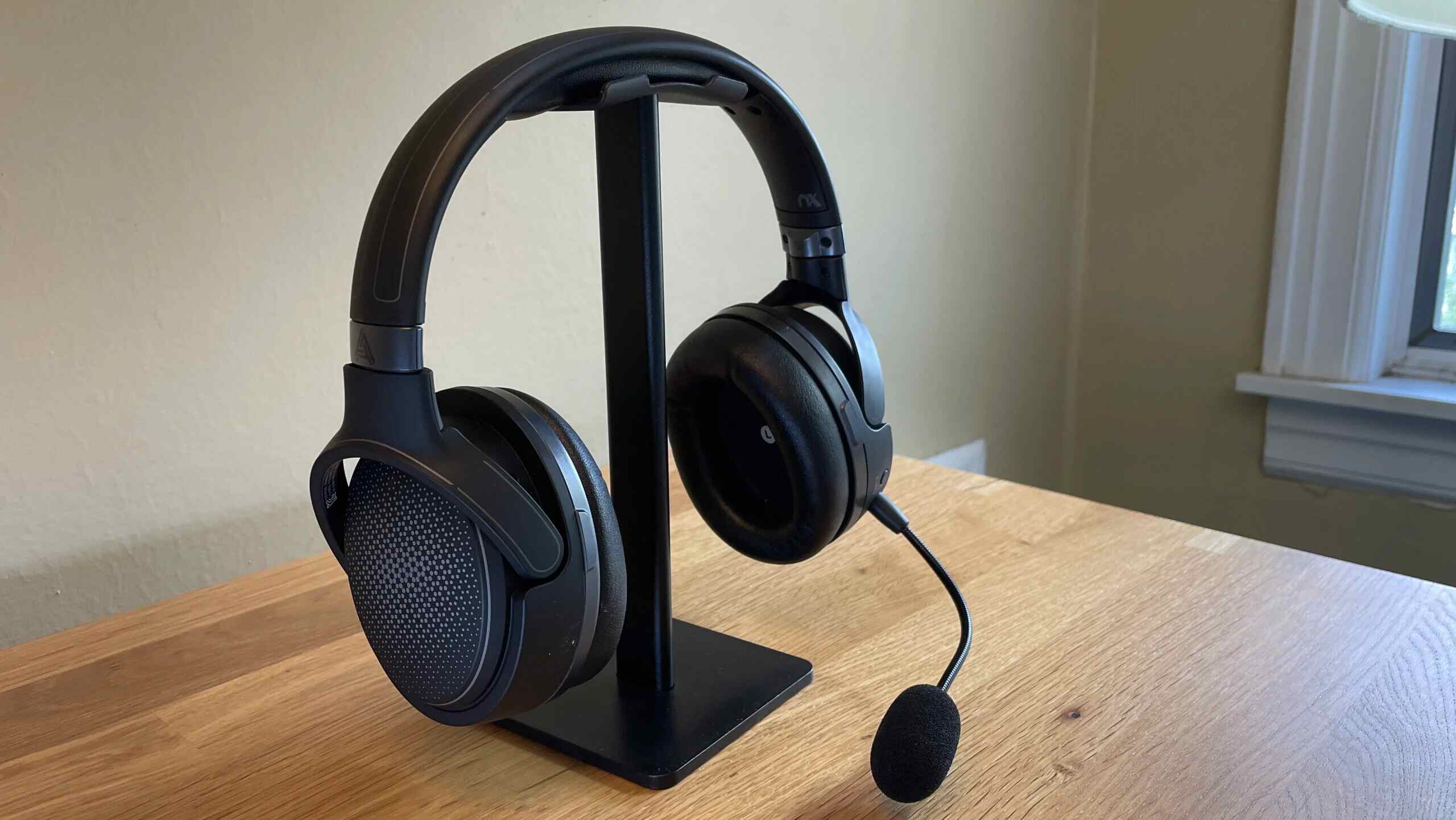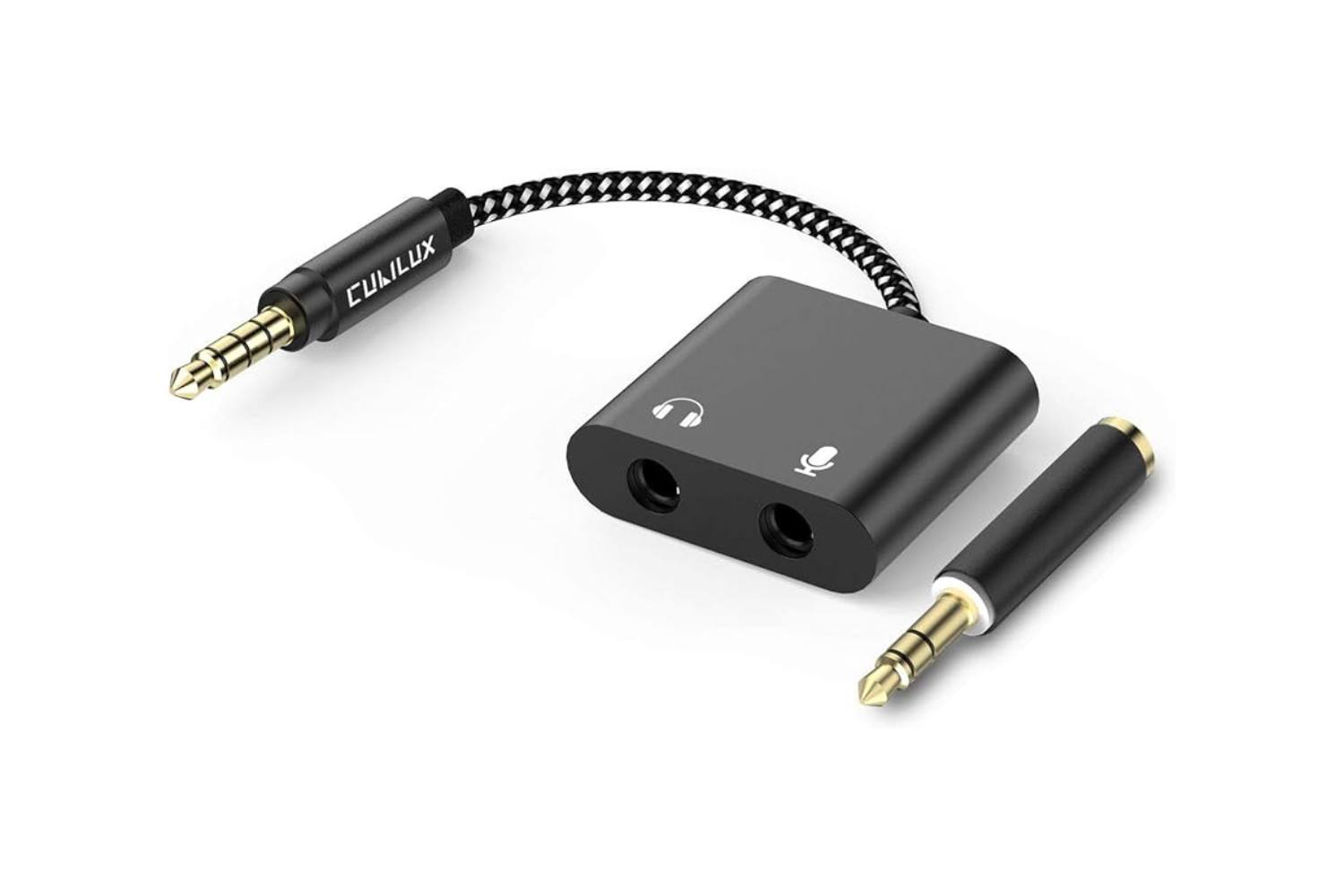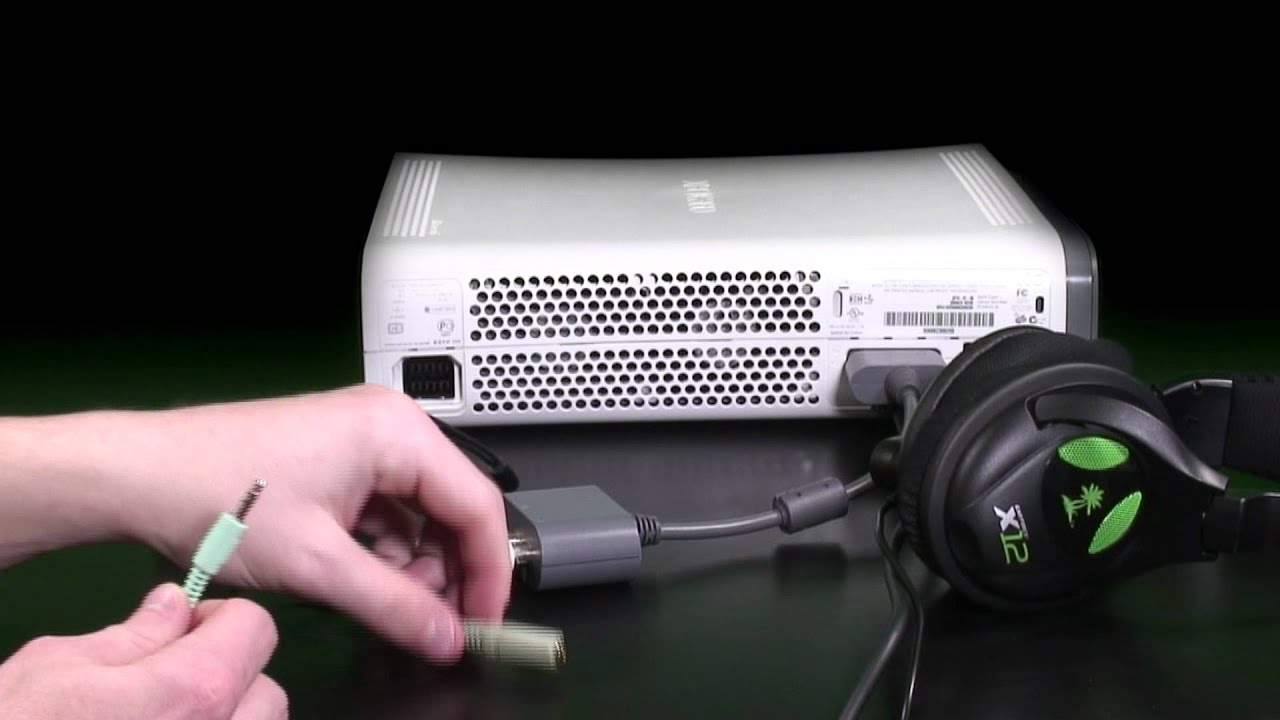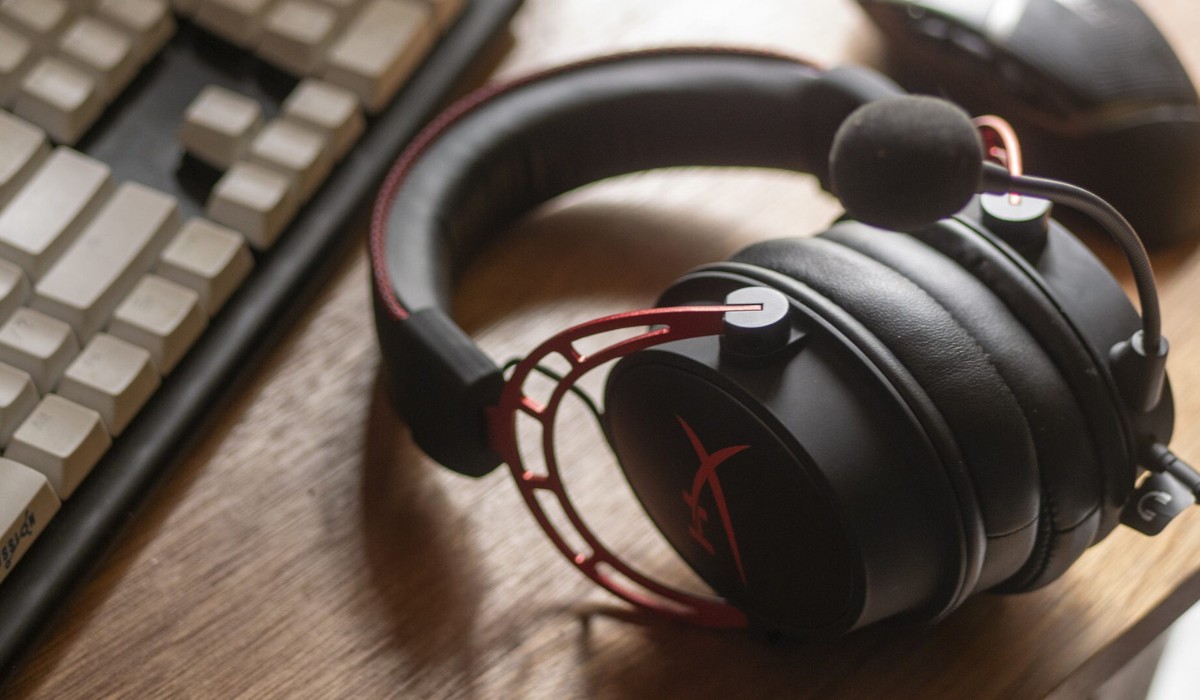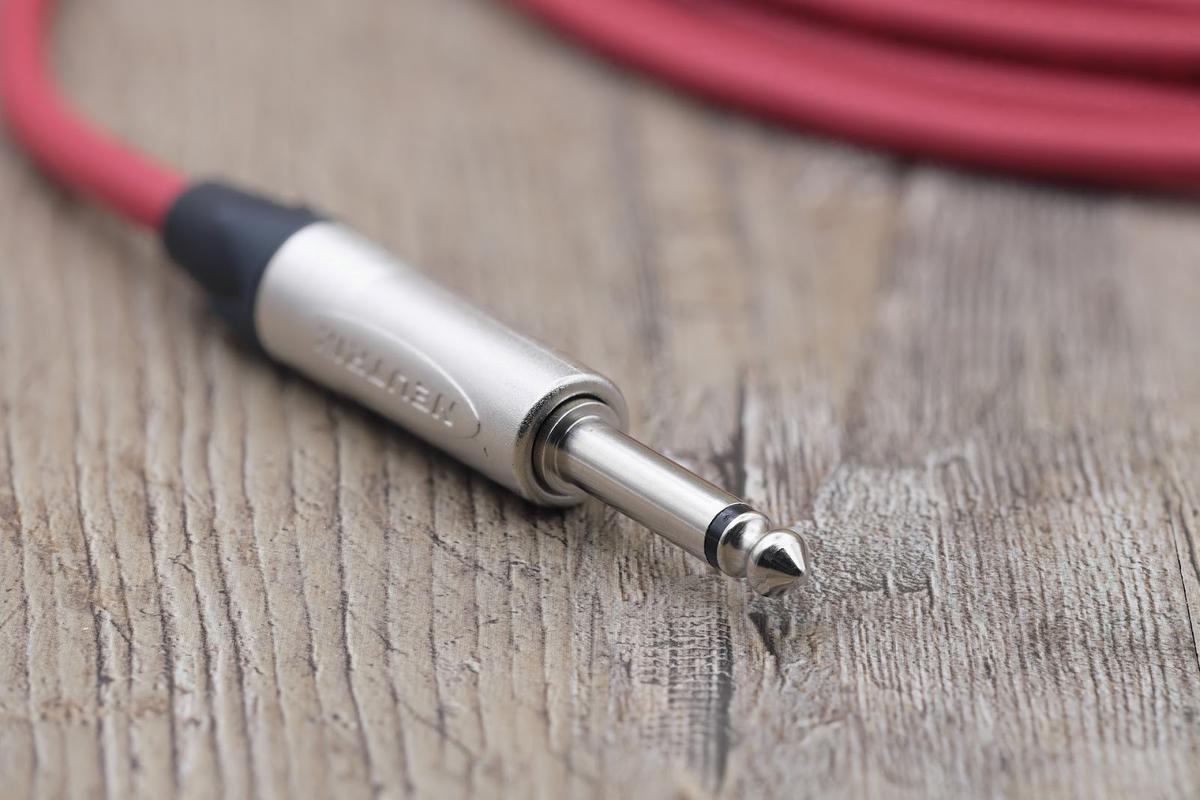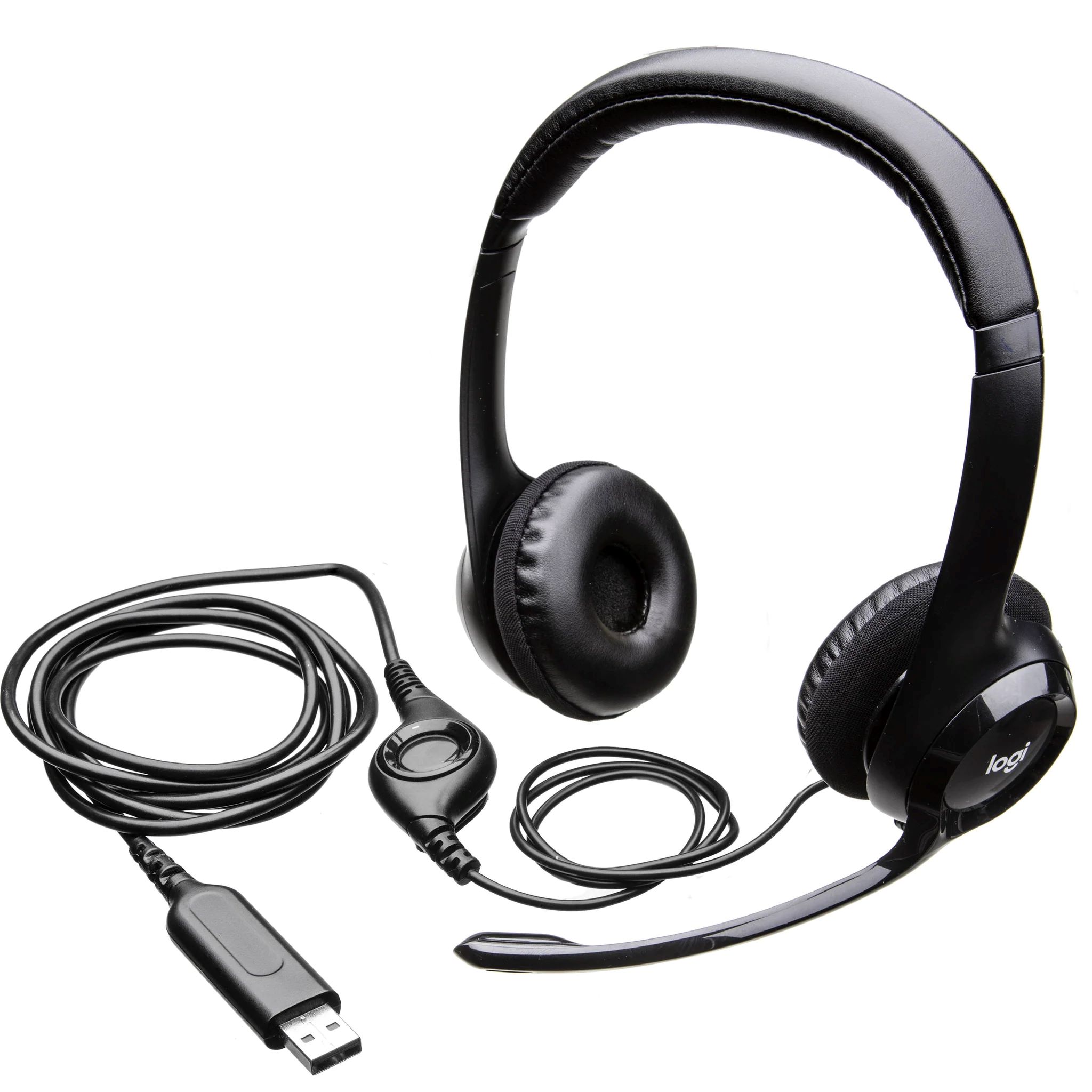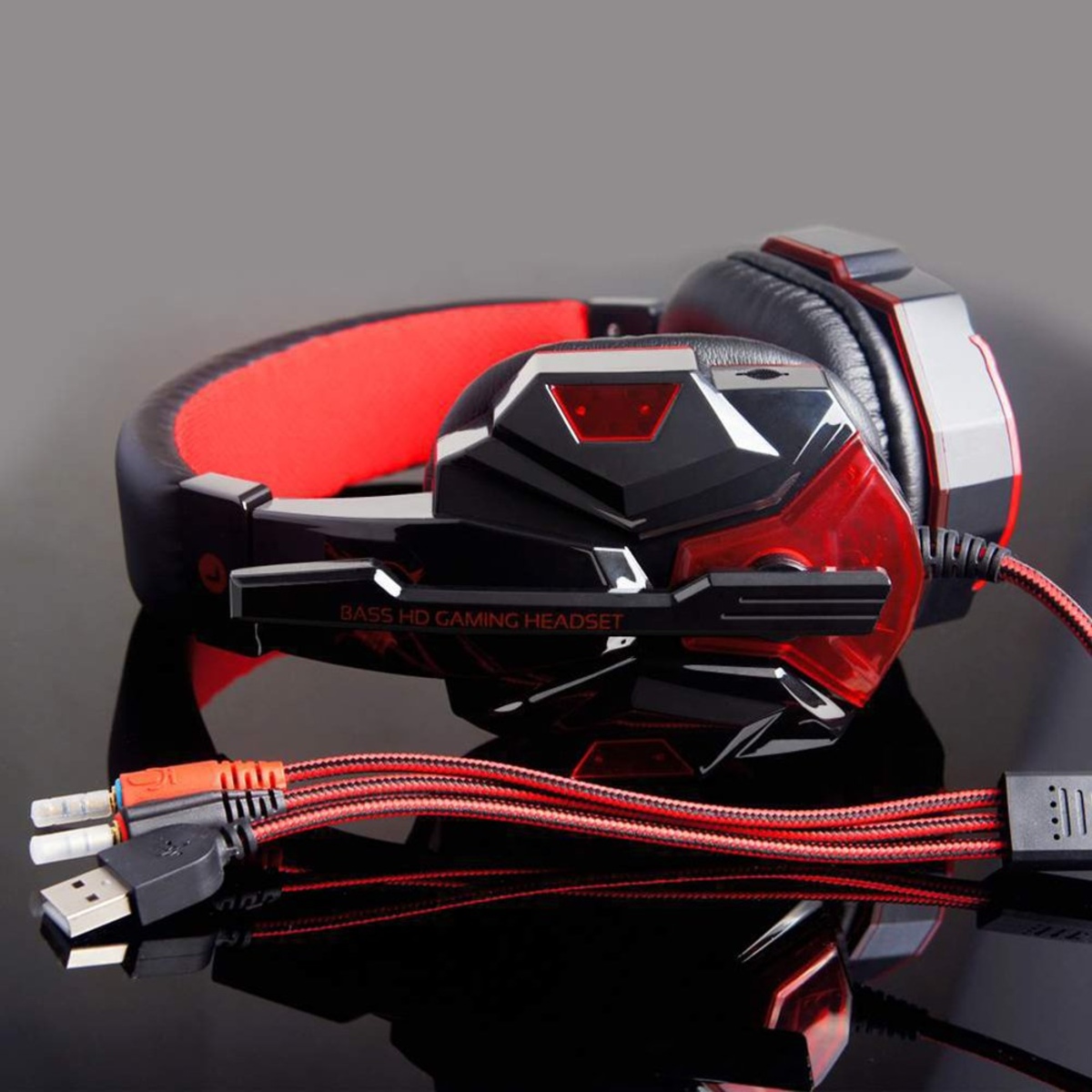Introduction
Are you ready to dive into the immersive world of gaming, equipped with a high-performance gaming headset that will transport you to the heart of the action? Before embarking on your gaming adventures, it's essential to understand how to properly connect your gaming headset to your gaming console, computer, or other devices. Whether you're a seasoned gamer or just starting out, knowing where to plug in your gaming headset is crucial for experiencing top-notch audio quality and seamless communication with fellow gamers.
The process of connecting a gaming headset may seem daunting at first, especially with the myriad of connection options available. However, with a basic understanding of the different types of gaming headsets and their corresponding connection methods, you'll be well-equipped to make the right choice for your gaming setup. From USB connections to 3.5mm audio jacks to wireless connectivity, each option offers unique advantages and considerations. By delving into the specifics of these connection methods, you'll gain the knowledge needed to optimize your gaming experience.
In this guide, we'll explore the various types of gaming headsets and delve into the intricacies of connecting them to your gaming platform. Whether you're a PC gamer, console enthusiast, or mobile gaming aficionado, this comprehensive overview will provide valuable insights into the world of gaming headset connectivity. So, grab your favorite gaming beverage, settle into your gaming chair, and let's unravel the mysteries of plugging in your gaming headset for an unparalleled gaming experience.
Types of Gaming Headsets
Before delving into the intricacies of connecting gaming headsets, it’s essential to understand the different types available in the market. Each type offers distinct features and benefits tailored to diverse gaming preferences and setups.
1. Wired Gaming Headsets: These headsets are connected to the gaming device via a physical cable, providing a reliable and stable connection. They are ideal for gamers seeking consistent audio quality and minimal latency. Wired headsets often use USB or 3.5mm audio jacks for connectivity, offering compatibility with a wide range of gaming platforms.
2. Wireless Gaming Headsets: Offering freedom of movement and a clutter-free setup, wireless gaming headsets utilize advanced wireless technologies such as Bluetooth or proprietary wireless dongles to establish a connection with the gaming device. These headsets are popular among gamers who prioritize convenience and mobility without compromising on audio performance.
3. Gaming Headsets with Surround Sound: Designed to deliver an immersive audio experience, gaming headsets with surround sound capabilities utilize multiple speakers in each ear cup to create spatial audio, enhancing the sense of depth and directionality in games. These headsets are favored by gamers who seek heightened audio realism and a competitive edge in multiplayer environments.
4. Noise-Canceling Gaming Headsets: Engineered to minimize external distractions, noise-canceling gaming headsets employ advanced technology to suppress ambient sounds, allowing gamers to stay fully immersed in their gaming experience without disruptions. These headsets are ideal for gaming in noisy environments or during intense gaming sessions where focus is paramount.
Understanding the nuances of these gaming headset types will enable you to make an informed decision when selecting the ideal headset for your gaming setup. Whether you prioritize audio fidelity, freedom of movement, immersive soundscapes, or uninterrupted gaming sessions, the diverse range of gaming headsets caters to a multitude of gaming preferences and requirements.
Connection Options for Gaming Headsets
When it comes to connecting gaming headsets, various options are available to accommodate different devices and user preferences. Understanding these connection options is crucial for seamlessly integrating your gaming headset into your gaming setup. Let’s explore the primary connection methods for gaming headsets:
- USB Connection: Many gaming headsets feature a USB connector, providing a straightforward and versatile connection option. USB connectivity offers plug-and-play functionality, allowing the headset to be easily recognized by gaming consoles, PCs, and other compatible devices. Additionally, USB connections can support advanced features such as customizable lighting, on-headset controls, and integrated sound processing.
- 3.5mm Audio Jack: Widely utilized in gaming consoles, PCs, and mobile devices, the 3.5mm audio jack serves as a standard connection interface for gaming headsets. This analog connection method delivers audio and microphone signals through a single cable, offering broad compatibility and ease of use. Some gaming headsets include splitter cables to separate the audio and microphone channels for devices with separate audio and mic inputs.
- Wireless Connectivity: Wireless gaming headsets leverage advanced wireless technologies such as Bluetooth or dedicated wireless dongles to establish a cable-free connection with gaming devices. This option provides enhanced mobility and freedom of movement, eliminating the constraints of physical cables while delivering high-quality audio performance. Wireless headsets often come with a wireless receiver that plugs into the gaming device, facilitating seamless pairing and reliable wireless communication.
Each connection option has its unique advantages and considerations, catering to different user preferences and gaming setups. Whether you prioritize convenience, audio fidelity, or compatibility with specific devices, understanding the diverse connection options empowers you to make an informed choice when selecting a gaming headset that aligns with your gaming needs.
Using a USB Port for Gaming Headsets
Connecting a gaming headset via a USB port offers a convenient and versatile solution for seamless integration with various gaming platforms. Whether you’re a PC gamer, console enthusiast, or seeking compatibility with other USB-enabled devices, utilizing the USB connectivity option provides several benefits and unique features.
Plug-and-Play Functionality: One of the key advantages of using a USB connection for gaming headsets is the plug-and-play functionality it offers. When the headset is plugged into a USB port on a gaming console or PC, the system automatically recognizes and configures the headset, eliminating the need for manual setup or driver installation. This streamlined process ensures a hassle-free experience, allowing you to focus on your gaming endeavors without technical complexities.
Advanced Features and Customization: USB-connected gaming headsets often come equipped with advanced features and customization options. These may include built-in sound processing, customizable lighting effects, and on-headset controls for audio adjustments and microphone muting. The USB connection enables seamless integration of these features, enhancing the overall gaming experience and providing users with greater control over audio settings and personalization.
Compatibility Across Devices: USB connectivity offers broad compatibility across a range of gaming platforms, including PCs, gaming consoles, and other USB-enabled devices. This versatility allows gamers to use the same headset across multiple systems without encountering connectivity issues. Whether you’re transitioning between gaming setups or utilizing different devices for gaming and communication, the USB connection ensures consistent performance and compatibility.
Digital Audio Transmission: USB connections facilitate digital audio transmission, delivering high-quality sound reproduction and minimizing potential signal interference. This digital audio delivery mechanism ensures that the gaming headset can fully leverage its audio capabilities, providing immersive soundscapes and clear communication during gaming sessions.
By harnessing the power of USB connectivity for gaming headsets, gamers can enjoy a seamless and feature-rich audio experience across a diverse array of gaming platforms. Whether you’re immersing yourself in the captivating narratives of single-player adventures or coordinating strategies with teammates in multiplayer battles, the USB connection option empowers you to elevate your gaming audio to new heights.
Using a 3.5mm Audio Jack for Gaming Headsets
When it comes to connecting gaming headsets, the 3.5mm audio jack serves as a ubiquitous and versatile interface, offering seamless compatibility with a wide range of gaming consoles, PCs, and mobile devices. Utilizing the 3.5mm audio jack for gaming headsets presents several advantages and considerations, making it a popular choice for gamers seeking a straightforward and reliable connection method.
Universal Compatibility: The 3.5mm audio jack is a standard interface found in many gaming consoles, PCs, and mobile devices, providing broad compatibility for gaming headsets. This universal compatibility ensures that gamers can easily connect their headsets to various devices without the need for additional adapters or specialized connectors, offering convenience and flexibility in gaming setups.
Analog Audio and Microphone Connection: The 3.5mm audio jack facilitates both audio output and microphone input through a single cable, streamlining the connection process for gaming headsets with integrated microphones. This analog connection method allows for seamless communication and audio playback, making it well-suited for gaming scenarios that require real-time voice chat and immersive sound reproduction.
Splitter Cable Support: Some gaming headsets come with splitter cables that separate the audio and microphone channels, catering to devices with dedicated audio and microphone inputs. This feature enables compatibility with gaming platforms that utilize separate audio and mic jacks, ensuring that the headset can effectively interface with a diverse array of devices without sacrificing audio or communication capabilities.
Portability and Convenience: The 3.5mm audio jack’s widespread presence in gaming devices contributes to the portability and convenience of gaming headsets. Gamers can easily transition between different gaming setups, such as switching between a console and a PC, without encountering connectivity issues. This seamless portability empowers gamers to enjoy their gaming experiences across multiple platforms without being tethered to a specific device or location.
By leveraging the 3.5mm audio jack for gaming headsets, gamers can embrace a versatile and user-friendly connectivity option that harmonizes with a diverse array of gaming platforms. Whether you’re embarking on epic quests in the realm of console gaming or engaging in intense multiplayer battles on your PC, the 3.5mm audio jack ensures that your gaming headset seamlessly integrates with your preferred gaming environment, delivering immersive audio and reliable communication.
Using Wireless Connectivity for Gaming Headsets
Wireless connectivity has revolutionized the gaming experience, offering unparalleled freedom of movement and convenience for gamers. When it comes to gaming headsets, wireless connectivity, whether through Bluetooth technology or dedicated wireless dongles, provides a seamless and immersive audio solution that caters to the evolving needs of modern gamers.
Freedom of Movement: Wireless gaming headsets liberate gamers from the constraints of physical cables, allowing for unrestricted movement during gaming sessions. Whether you’re engaged in intense gameplay, streaming content, or simply need to move away from your gaming station, wireless connectivity enables you to maintain a seamless audio experience without being tethered to a specific location.
Clutter-Free Setup: The absence of cables contributes to a clutter-free gaming environment, enhancing the overall aesthetics of the gaming setup and reducing the risk of cable entanglement. This minimalist approach not only streamlines the gaming space but also promotes a clean and organized gaming area, fostering an immersive and visually appealing gaming environment.
Advanced Wireless Technologies: Wireless gaming headsets leverage advanced wireless technologies, such as Bluetooth or proprietary wireless dongles, to establish a reliable and low-latency connection with gaming devices. Bluetooth-enabled headsets offer broad compatibility with a variety of devices, including PCs, mobile devices, and gaming consoles, while dedicated wireless dongles provide a dedicated and interference-free wireless link for optimal audio performance.
Integrated Battery and Charging Solutions: Wireless gaming headsets are equipped with integrated rechargeable batteries, offering extended gaming sessions without the need for constant cable connections. Many wireless headsets feature convenient charging solutions, such as docking stations or USB charging cables, ensuring that the headset remains powered and ready for extended gaming endeavors.
By embracing wireless connectivity for gaming headsets, gamers can immerse themselves in a cable-free audio experience that seamlessly integrates with their gaming lifestyle. Whether you’re exploring vast virtual worlds, engaging in competitive multiplayer battles, or simply enjoying the freedom to move within your gaming space, wireless gaming headsets offer a compelling audio solution that aligns with the dynamic and immersive nature of modern gaming experiences.
Conclusion
As the realm of gaming continues to evolve, the seamless integration of gaming headsets into diverse gaming platforms has become increasingly vital for gamers seeking immersive audio experiences and effective communication. Understanding the various connection options and their respective advantages empowers gamers to make informed decisions when selecting a gaming headset that aligns with their preferences and gaming setups.
From the versatility of USB connectivity to the universal compatibility of 3.5mm audio jacks and the liberating experience of wireless connectivity, gaming headsets offer a range of connection options tailored to the diverse needs of gamers. Whether you’re a console enthusiast, PC gamer, or mobile gaming aficionado, the connectivity options available provide the flexibility and performance needed to elevate your gaming audio experience.
By delving into the intricacies of gaming headset connectivity, gamers can optimize their gaming setups, embrace freedom of movement, and enjoy immersive audio that enhances their gaming escapades. Whether you prioritize convenience, audio fidelity, or the freedom to move without constraints, the connection options for gaming headsets offer tailored solutions that cater to the dynamic and evolving landscape of modern gaming.
As you embark on your gaming adventures, armed with the knowledge of where to plug in your gaming headset, you’re poised to elevate your gaming experience to new heights. Whether you’re exploring captivating narratives, engaging in competitive multiplayer battles, or immersing yourself in virtual worlds, the right gaming headset, seamlessly connected to your gaming platform, will serve as a gateway to unparalleled audio immersion and seamless communication.
So, as you gear up for your next gaming session, armed with your chosen gaming headset and a wealth of connectivity insights, prepare to be transported into the heart of the action, where every sound comes to life, and every communication is crystal clear, enriching your gaming journey in ways that only exceptional audio experiences can.







